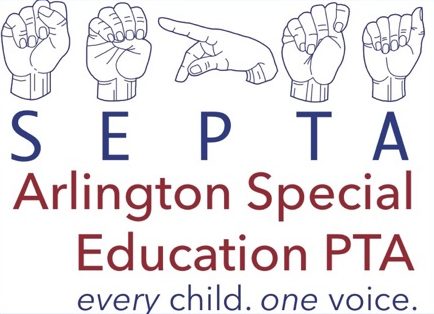SEPTA is pleased to sponsor an inservice on Cortical Vision Impairment for all APS staff on Tuesday, August 28. Dr. Ellen Mazel will present two identical half day workshops. Staff can register on ERO.
Cortical visual impairment (CVI) is a decreased visual response due to a neurological problem affecting the visual part of the brain. Typically, a child with CVI has a normal eye exam or has an eye condition that cannot account for the abnormal visual behavior. It is one of the most frequent causes of visual impairment in children from developed countries.
CVI is caused by any process that damages the visual parts of the brain. Examples include: stroke, decreased blood supply, decreased oxygenation, brain malformation or infection, hydrocephalus (increased pressure in the brain), seizure, metabolic disease, infection, head trauma and other neurologic disorders.
Visual characteristics are associated with CVI may include:
Distinct color preferences
Variable level of vision loss, often demonstrating fluctuations over time
Poor attention to visual stimuli, particularly complex visual and environmental stimulidelay in response to visual stimuli
difficulty with visualizing new surroundings or objects
Preference for looking at lights
Preference for viewing objects at close range and odd angles
Better vision when viewing moving objects compared to stationary objects
Treatment of any underlying neurologic disease is essential and should be organized by the primary care physician. It is also important to start early intervention to help stimulate visual development. There is a limited time frame for visual development and it is crucial to have treatment as young as possible to maximize improvement. The appropriate state or local agency should be contacted for available services.
Each child with CVI must have a functional assessment focused on the specific problems commonly found in children with CVI. This assessment will guide the treatment for each child.
What type of stimulation is helpful for children with CVI?
• Large, high contrast, lighted, reflective and moving objects; e.g. mobiles
• Touch or sound to attract child’s attention
• Visual materials presented in a simple uncluttered manner with increasing complexity as tolerated
• Presentation of visual material from different directions/angles
• Variable level of light in environment (some children do better with a lighted toy in dim room initially)
• Extra time for responses to visual stimuli
• Avoidance of over stimulation
• Avoidance of visual tasks when child is hungry, tired, frustrated, etc.


Leave a Reply